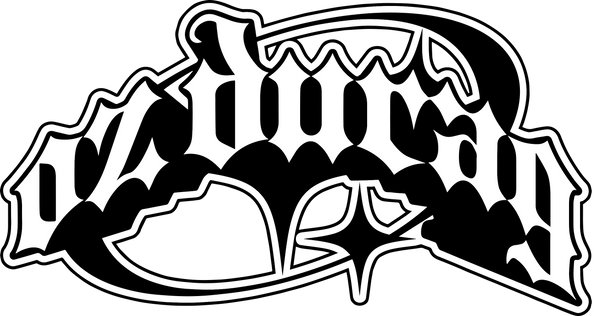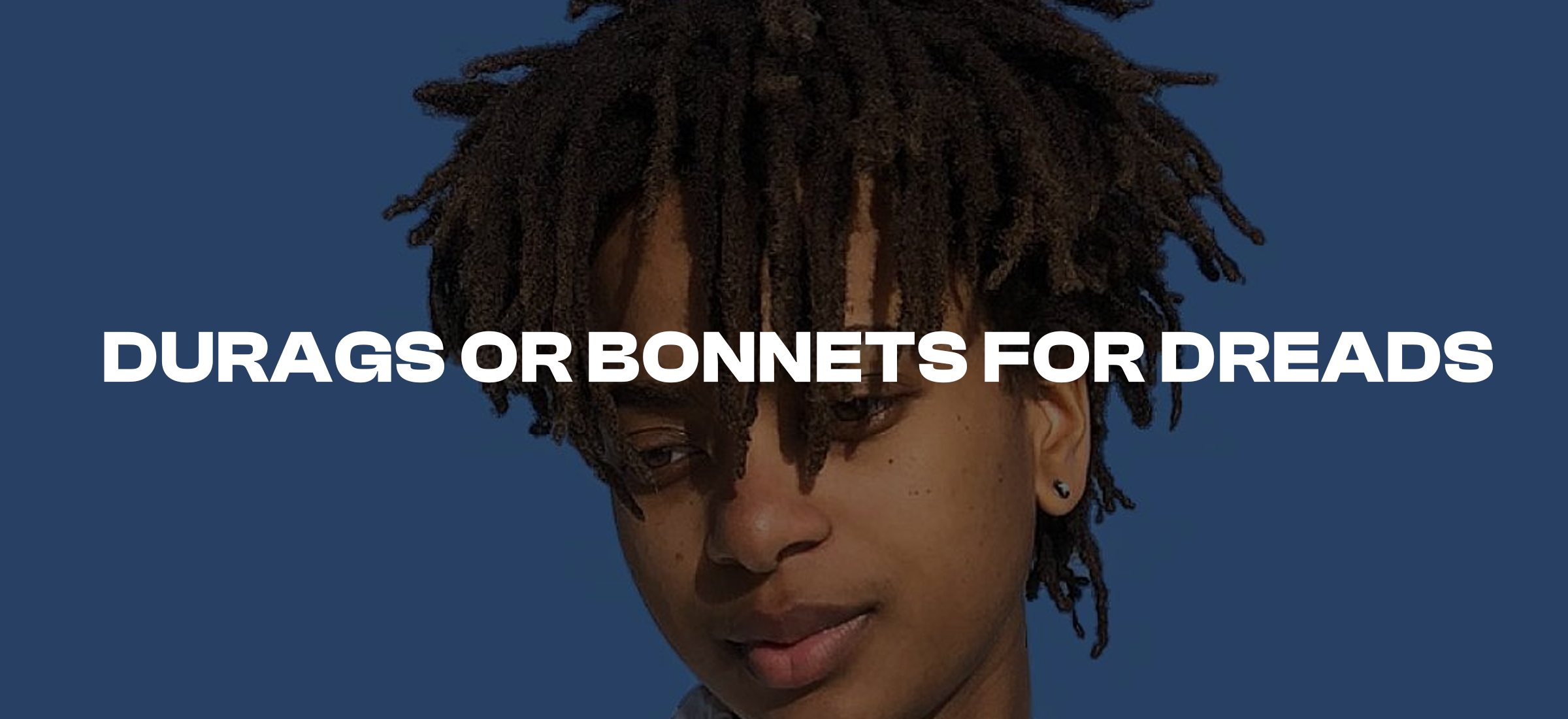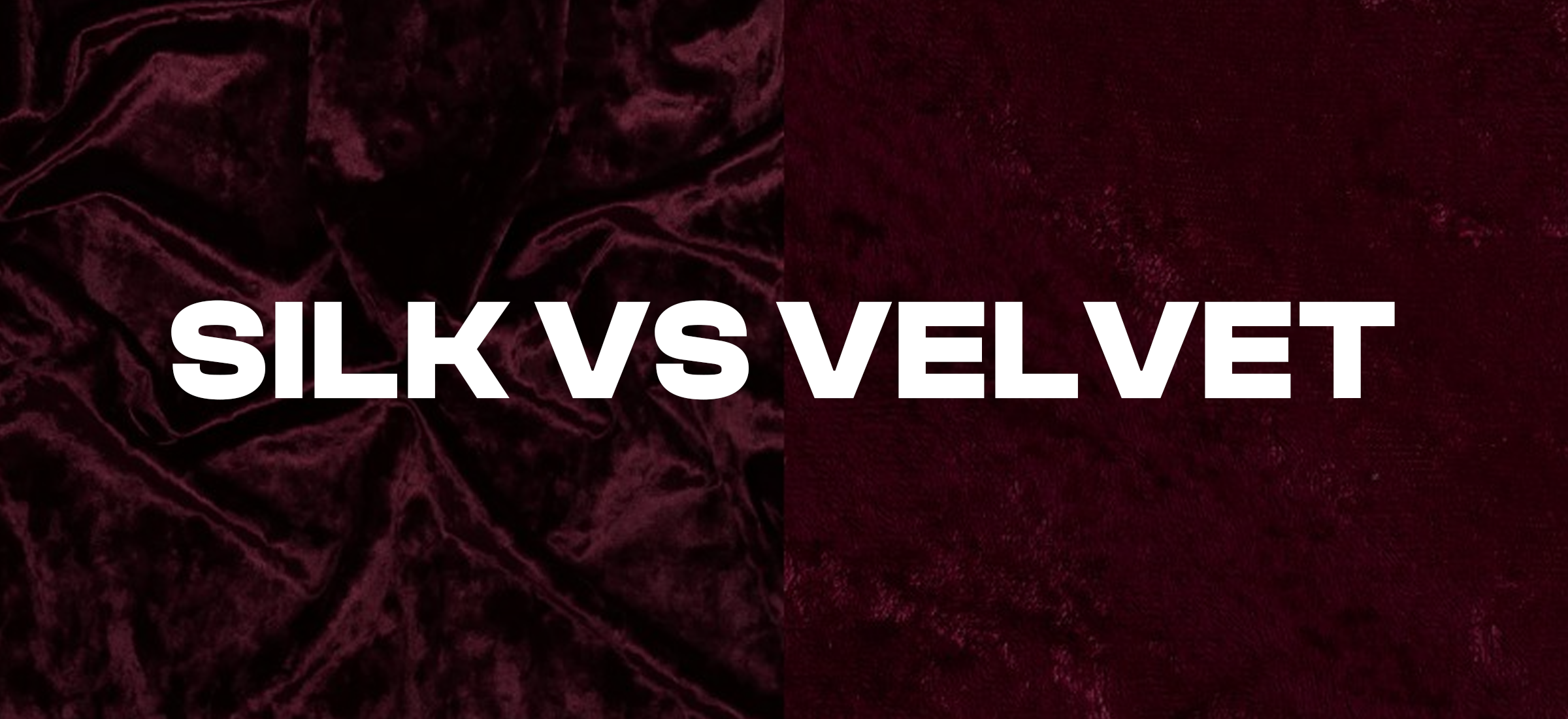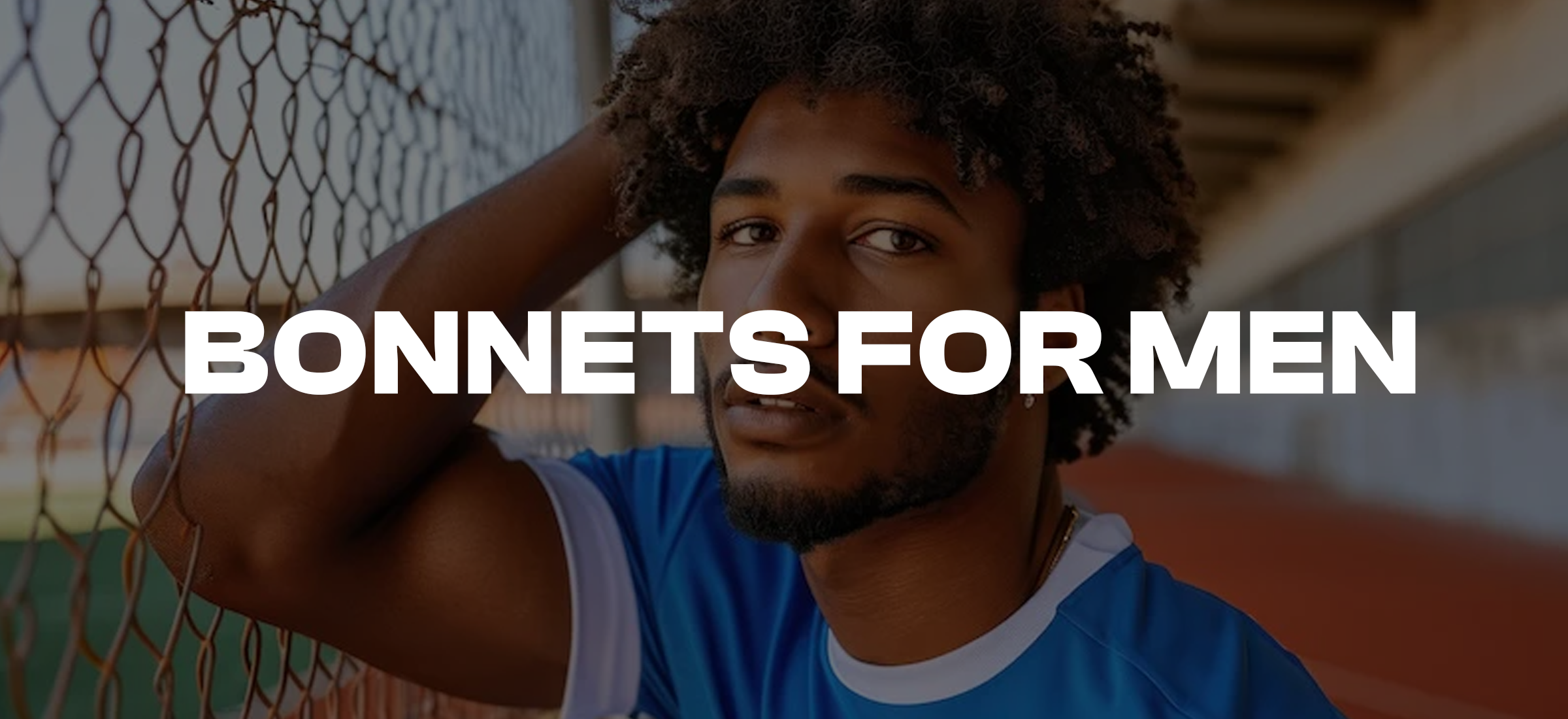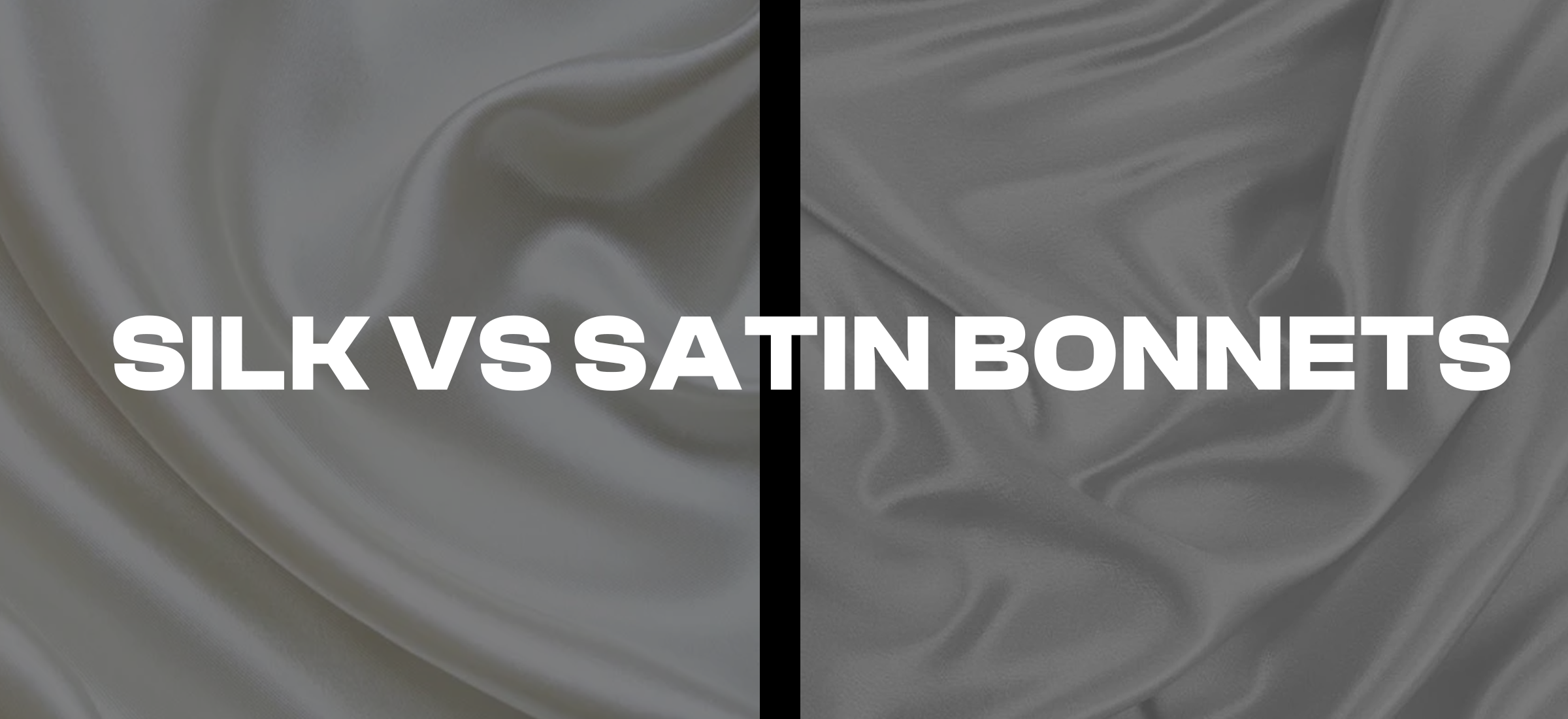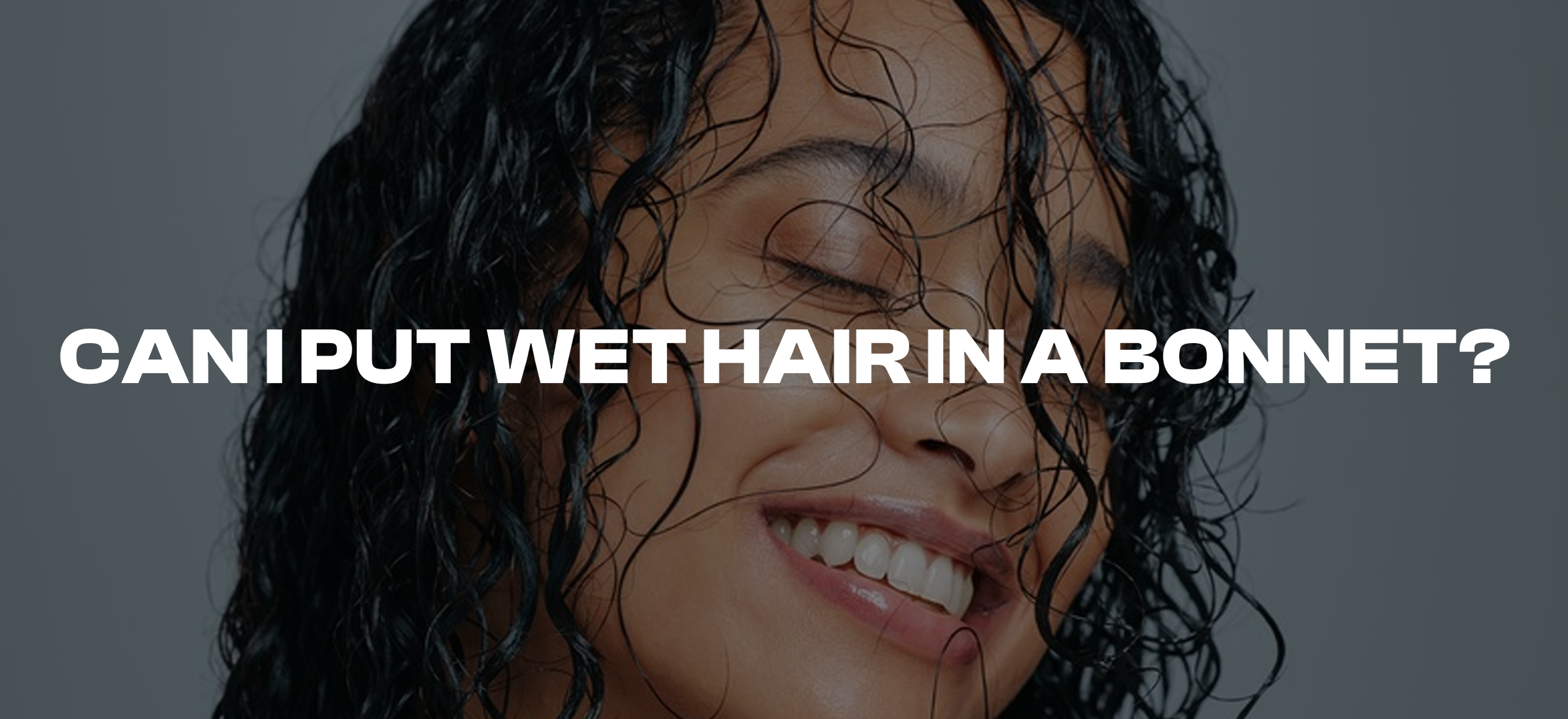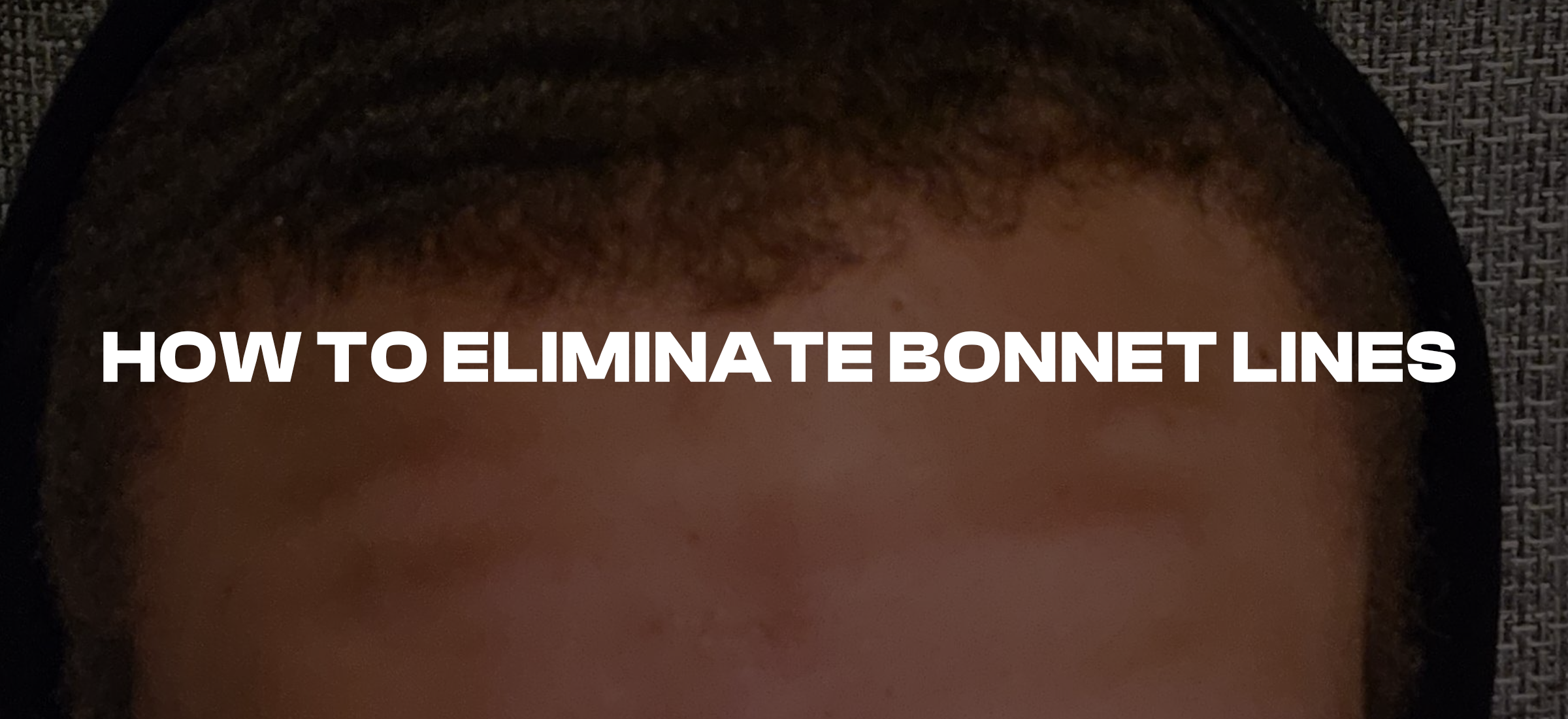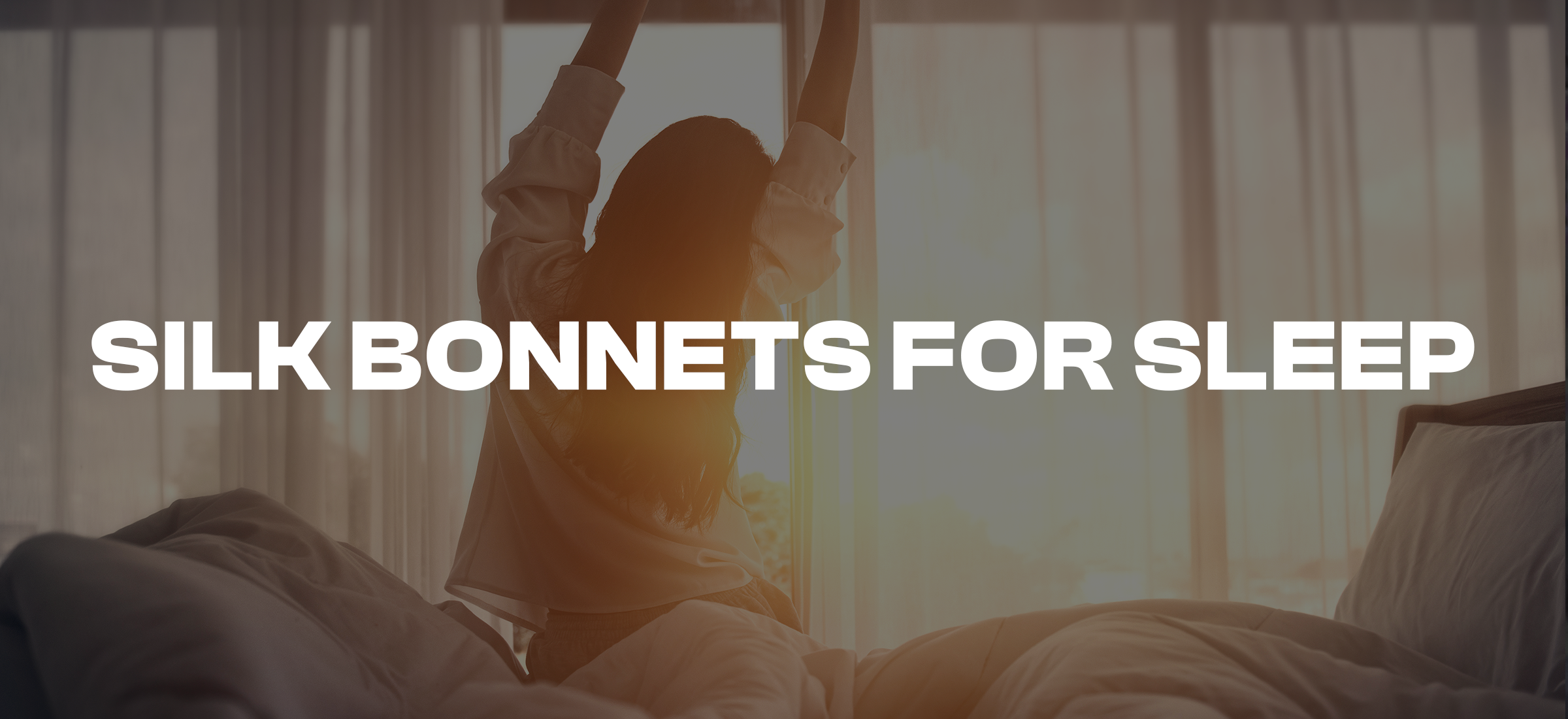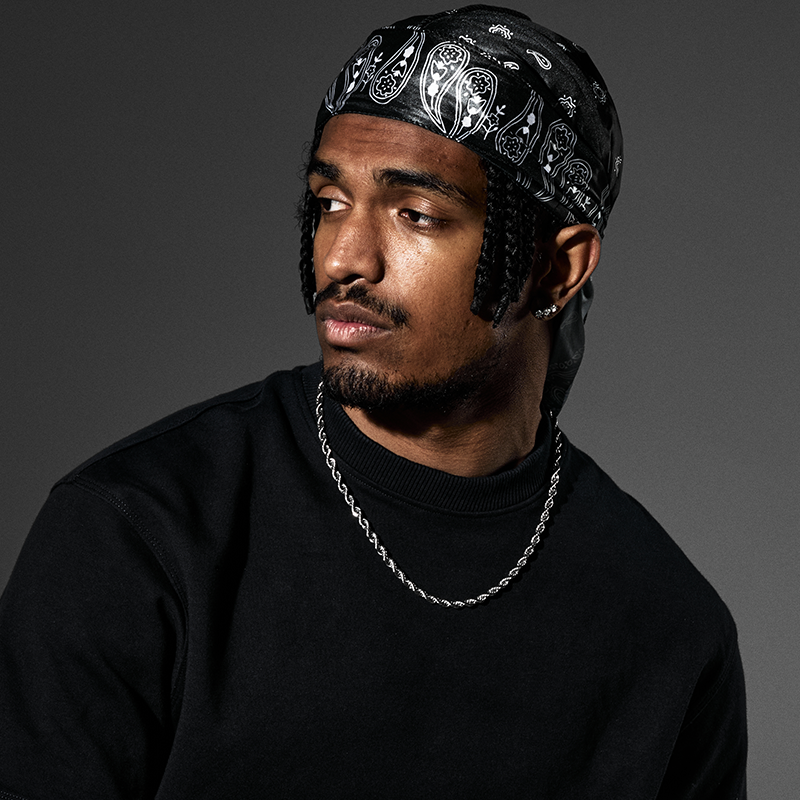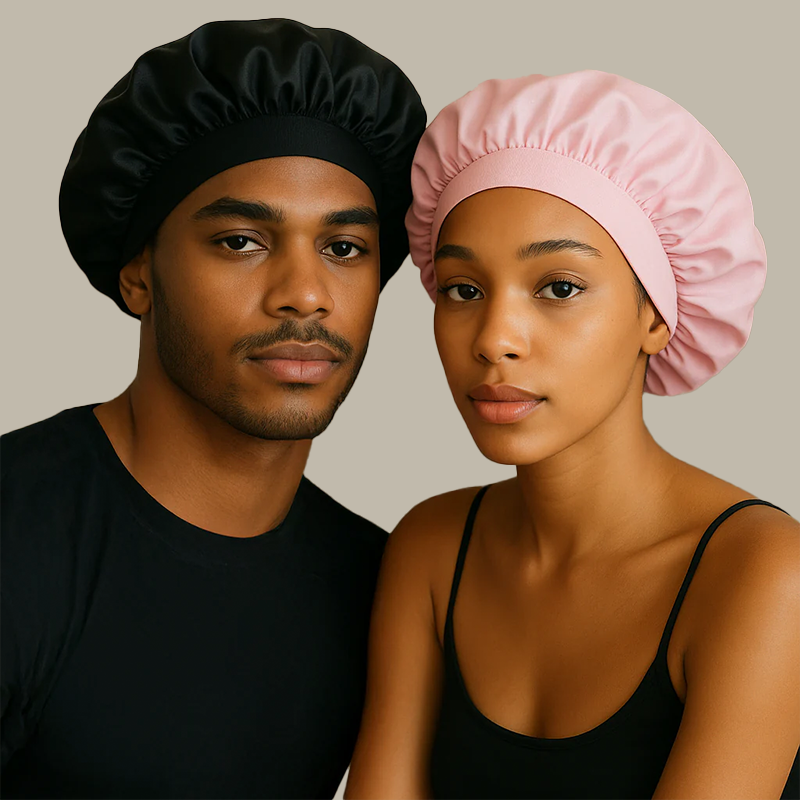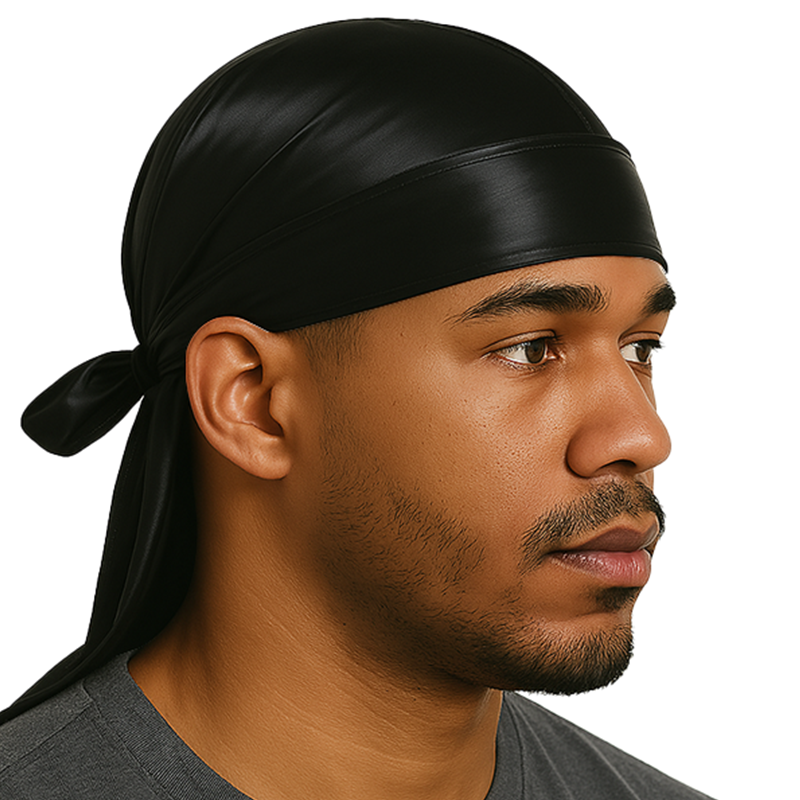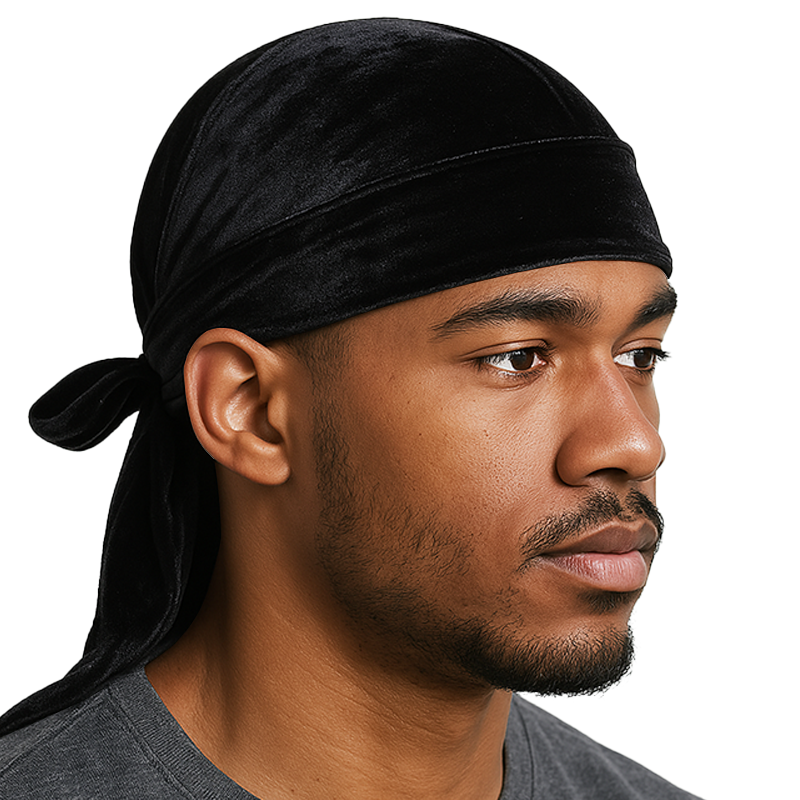As more people embrace natural hair, the debate over the best way to care for and protect dreads continues.
One of the most popular options is to wear a durag or bonnet at night to keep the hair in place and prevent breakage. But which is better for dreads, a durag or a bonnet?
Understanding the differences between durags and bonnets is essential in deciding which one to use for your dreads.
Durags are typically made of silk or satin and are designed to fit snugly around the head, covering the hairline and tying at the back.
Bonnets, on the other hand, are loose-fitting caps that cover the entire head and are often made of soft, breathable materials like cotton.
While both durags and bonnets offer benefits for protecting dreads, there are some advantages to each option.
Durags are great for maintaining the shape of the hair and preventing frizz, while bonnets are better for keeping the hair moisturized and preventing tangles.
Ultimately, the choice between a durag or bonnet will depend on your personal hair needs and preferences.
Key Takeaways
- Durags and bonnets are popular options for protecting dreads at night.
- Durags are best for maintaining the shape of the hair, while bonnets are better for keeping the hair moisturized.
- The choice between a durag or bonnet depends on personal hair needs and preferences.
Understanding Durags and Bonnets
Purpose of Durags and Bonnets
Durags and bonnets are hair coverings that are commonly used to protect and maintain dreadlocks.
They are made of soft materials such as silk, satin, or cotton and are designed to fit snugly around the head.
Durags and bonnets are typically worn at night to prevent frizz and tangling, and to keep the dreadlocks neat and tidy.
Durags and bonnets are also used to protect the hair from external elements such as wind, rain, and sun exposure.
They help to retain moisture in the hair, which is essential for healthy and vibrant dreadlocks.
Additionally, durags and bonnets can be used to create waves and curls in the hair, as they help to set the style and hold it in place.
History of Hair Coverings for Dreads
The use of hair coverings for dreadlocks dates back to ancient times. In many cultures, dreadlocks were a symbol of spirituality and were often worn by priests and holy men.
Hair coverings were used to protect the dreadlocks and keep them clean, as well as to signify the wearer's spiritual status.
In modern times, durags and bonnets have become popular among people of all races and backgrounds who wear dreadlocks.
They are widely available in a variety of colours and styles, and are often worn as a fashion accessory as well as for their practical benefits.
Benefits of Using Durags for Dreads
Durags have become increasingly popular among people with dreadlocks due to their numerous benefits. Here are some of the benefits of using durags for dreads:
Protection During Sleep
Wearing a durag while sleeping can protect your dreadlocks from damage caused by friction between your hair and the pillowcase.
The silky material of the durag creates a barrier between your hair and the pillow, preventing your hair from becoming tangled or frizzy.
This protection helps to maintain the shape and overall health of your dreadlocks.
Moisture Retention
Durags can also help to retain moisture in your hair, which is essential for healthy dreadlocks.
The material of the durag helps to lock in moisture, preventing your hair from drying out.
This is especially important for people with dry or brittle hair, as it can help to prevent breakage and promote hair growth.
Style and Fashion
Durags are not only functional, but they can also be stylish.
They come in a variety of colours and designs, allowing you to express your personality and sense of fashion.
Durags can also be worn as a fashion accessory, adding a unique and trendy element to your outfit.
Advantages of Bonnets for Dreads
Full Coverage
One of the biggest advantages of using a bonnet for dreads is the full coverage it provides.
Unlike durags, which only cover the top of the head, bonnets cover the entire head, ensuring that all of your dreads are protected.
This is especially important for those with longer or thicker dreads, as they can be more prone to damage if left exposed.
Material Varieties
Another advantage of using bonnets for dreads is the variety of materials they come in.
From satin to silk to cotton, there are many different options to choose from depending on your personal preference and hair type.
Satin and silk are great options for those with drier hair, as they help to retain moisture and prevent breakage.
Cotton, on the other hand, is a good choice for those with oilier hair, as it helps to absorb excess oil and keep hair looking fresh.
Ease of Use
Finally, bonnets are incredibly easy to use.
Simply slip it over your head and adjust as needed to ensure a snug fit.
Unlike durags, which can be difficult to tie and may come undone during the night, bonnets stay securely in place throughout the night, ensuring that your dreads stay protected and looking great.
Plus, they're easy to wash and maintain, making them a great choice for those with busy lifestyles.
Choosing Between Durags and Bonnets
When it comes to protecting your dreadlocks, one of the most important decisions you'll make is whether to wear a durag or a bonnet.
Both options have their advantages and disadvantages, so it's important to consider your hair type, comfort and fit, and personal style preferences before making a decision.
Hair Type Considerations
The type of hair you have can play a big role in determining which option is best for you.
If you have thick, coarse hair, a durag may be the better choice as it can provide a tighter fit and more secure hold.
On the other hand, if you have fine or delicate hair, a bonnet may be a gentler option that won't tug or pull on your hair.
Comfort and Fit
Comfort and fit are also important factors to consider.
Durags are typically made from stretchy materials that conform to your head shape, which can provide a snug and secure fit.
However, some people find that durags can be too tight or uncomfortable to wear for extended periods of time.
Bonnets, on the other hand, are generally looser and more breathable, which can be more comfortable for some people. However, a loose fit may not be as secure, and the bonnet may shift or come off during the night.
Personal Style Preferences
Finally, personal style preferences can also play a role in your decision.
Durags come in a variety of colours and patterns, so you can choose one that matches your personal style. Some people even wear durags as a fashion accessory outside of the house.
Bonnets, on the other hand, are often more plain and simple in design, which may be preferable if you prefer a more understated look.
Tips for Wearing Durags and Bonnets
Proper Wrapping Techniques
When wearing a durag or bonnet for dreads, the way you wrap it around your head is crucial. Here are some tips to ensure that you achieve the best results:
- Start by brushing or combing your hair thoroughly to remove any tangles or knots.
- Place the durag or bonnet on your head with the front part at your forehead and the back part covering your hair.
- Take the two strings or straps at the back of the durag or bonnet and tie them together at the nape of your neck.
- Make sure the durag or bonnet is snug but not too tight. You don't want to cut off circulation to your scalp.
- If you have longer dreads, you may need to tuck them in to prevent them from sticking out of the durag or bonnet.
Maintaining Hair Health
Wearing a durag or bonnet can help protect your dreads from damage and keep them looking neat. However, it's important to take care of your hair to maintain its health. Here are some tips:
- Avoid wearing your durag or bonnet for extended periods of time. Your hair needs to breathe, so take it off when you're not sleeping or going out.
- Wash your hair regularly to remove dirt and buildup. Use a gentle shampoo and conditioner that won't strip your hair of its natural oils.
- Moisturize your hair with a leave-in conditioner or oil to prevent dryness and breakage.
- Avoid using heat styling tools like flat irons and curling irons, as they can damage your hair. Instead, opt for natural styles like twists and braids.
Care and Maintenance
Cleaning Practices
Proper cleaning practices are essential to maintain the quality and longevity of your durag or bonnet.
We recommend washing your durag or bonnet at least once a week to prevent dirt and oil buildup.
You can hand wash your durag or bonnet using mild detergent and lukewarm water.
Avoid using hot water, bleach, or harsh chemicals, as they can damage the fabric and cause it to lose elasticity.
After washing, gently squeeze out excess water and hang your durag or bonnet to air dry.
Do not wring or twist the fabric, as this can cause it to lose its shape and elasticity.
If you prefer to machine wash your durag or bonnet, use a delicate cycle with cold water and mild detergent.
Be sure to place it in a mesh laundry bag to prevent it from getting tangled or damaged.
Durability and Longevity
The durability and longevity of your durag or bonnet depend on several factors, including the quality of the fabric, the frequency of use, and the care and maintenance practices.
High-quality durags or bonnets made from materials such as silk, satin, or velvet are more durable and long-lasting than those made from low-quality materials.
To extend the life of your durag or bonnet, avoid exposing it to excessive heat or sunlight, as this can cause the fabric to fade or deteriorate.
Also, avoid wearing your durag or bonnet while sleeping with wet hair, as this can cause mildew or mold growth.
Community and Culture
Cultural Significance
Durags and bonnets have become an essential part of the African American community and culture. These head coverings are not only used to protect dreadlocks, but they also represent the wearer's identity and cultural heritage.
Wearing a durag or bonnet is a way of expressing pride in one's roots and connecting with others in the community who share the same experiences.
In addition to being a symbol of cultural pride, durags and bonnets also have practical significance. They help to keep dreadlocks neat and tidy, preventing them from becoming tangled or matted. They also protect the hair from damage caused by friction with pillows and other surfaces during sleep.
Modern Trends and Influences
The popularity of durags and bonnets has grown beyond the African American community in recent years. Celebrities such as Rihanna, Beyonce, and Zendaya have been spotted wearing them, leading to a surge in demand and popularity among people of all races and ethnicities.
In addition to their practical uses, durags and bonnets have become fashion accessories, with many different styles and designs available.
Some people choose to match them with their outfits, while others prefer more understated options.
Despite their growing popularity, durags and bonnets remain deeply rooted in African American culture and continue to serve as a symbol of identity and pride.
As the trend continues to evolve, it is important to recognize and respect the cultural significance of these head coverings.
